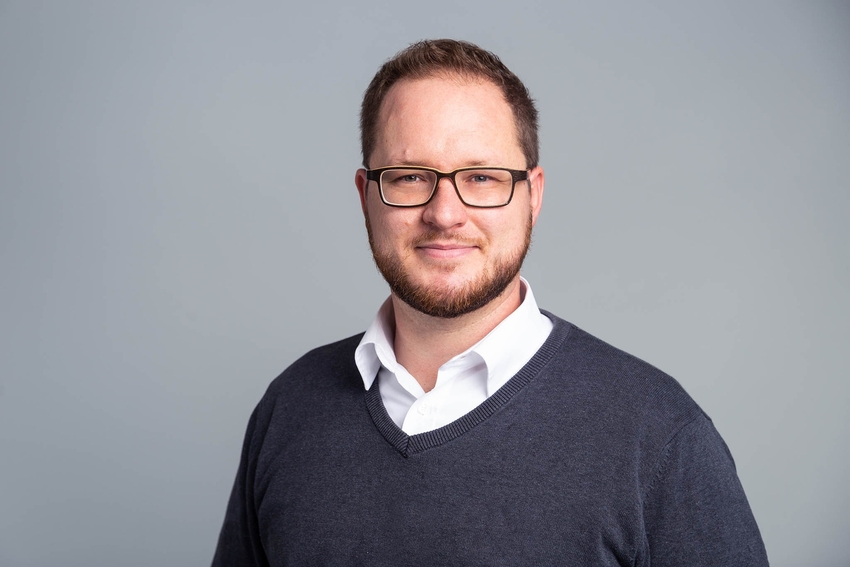TREAT
Tipping Points and Resilience of Mountain Permafrost under Increasing Frequency of Heat Waves

TREAT
Tipping Points and Resilience of Mountain Permafrost under Increasing Frequency of Heat Waves- WEAVE Research
- 2023/11
- 3 years
- In progress
Mountain permafrost in the European Alps is undergoing major changes under contemporary climate change with a clearly detectable increase in borehole temperatures, active layer thickness (i.e. maximum thaw depth) and ground ice content loss. Besides drilling, ground ice is only detectable by indirect geophysical techniques, with quantitative estimations of ice content through the combined application of Electrical Resistivity and Seismic Refraction Tomography. Methodological improvements regarding geophysical measurements and joint inversion allowing for better ice quantification have been suggested, which can subsequently be applied to quantify explicit ground ice loss in mountain permafrost over longer time periods. Further, recent observations and future projection of an increased frequency of extreme temperature events such as heat waves (e.g. European Alps 2015, 2018, 2022) or droughts (e.g. Chilean Andes since 2010) asks for answers on questions regarding the impact of heat waves on permafrost thaw, the speed of ground ice loss, the potential existence of tipping points and the resilience of permafrost occurrences to these extreme atmospheric temperature events. Hereby, it is specifically unknown whether
- mountain permafrost will become wetter (due to additional water input from melting ground ice) or drier (due to direct drainage of the melt water and enhanced evaporation under climate warming),
- substrate-specific tipping points exist leading to irreversible permafrost thaw and
- which landforms are most resilient to climate warming.
In the project TREAT, we attempt to provide answers to the above questions, by linking direct observational evidence (air and borehole temperature, soil moisture) and indirect geophysical evidence with state-of-the art hydrothermal modelling and newly developed geophysical inversion schemes. The existence of irreversible tipping points, the time-scales of melting and the fate of the permafrost-thaw induced meltwater will hereby be the focal points. Coarse-blocky landforms are assumed to be the most resilient permafrost occurrences due to low thermal conductivity and their seasonal asymmetric internal convection processes. In TREAT we will put a specific focus on the most general of these landforms, the ubiquitous talus slopes, which are understudied compared to rock glaciers. Talus slopes exist in all mountain ranges and at different elevations. Their ice content can be variable, but is at present generally unknown, as boreholes are extremely scarce and standard geophysical techniques exhibit problems in detecting medium to small ice contents in coarse blocky substrates. TREAT also considers the inclusion of emerging geophysical techniques to improve the quantification of ice content in these substrates and to link the obtained geophysical properties to the thermal and hydraulic properties required in transient permafrost models. In TREAT we use the data from our permafrost observatories in the Swiss Alps to analyze the existence of tipping points and identify factors that increase the resilience of permafrost occurrences to future heat waves. We will further develop:
- new seismic data acquisition and inversion approaches to quantify small-to-medium ice contents in talus slopes,
- a time-lapse petrophysical joint inversion scheme to quantify ice content changes over longer periods and
- coupling procedures for results from thermo-hydraulic and geophysical inversion models to link observed ice content changes with the permafrost model CryoGrid.
Project partners
- Prof. Christian Hauck, University of Fribourg, Switzerland
- Prof. Adrián Flores-Orozco, TU Wien, Austria
- Prof. Sebastian Westermann, University of Oslo, Norway

